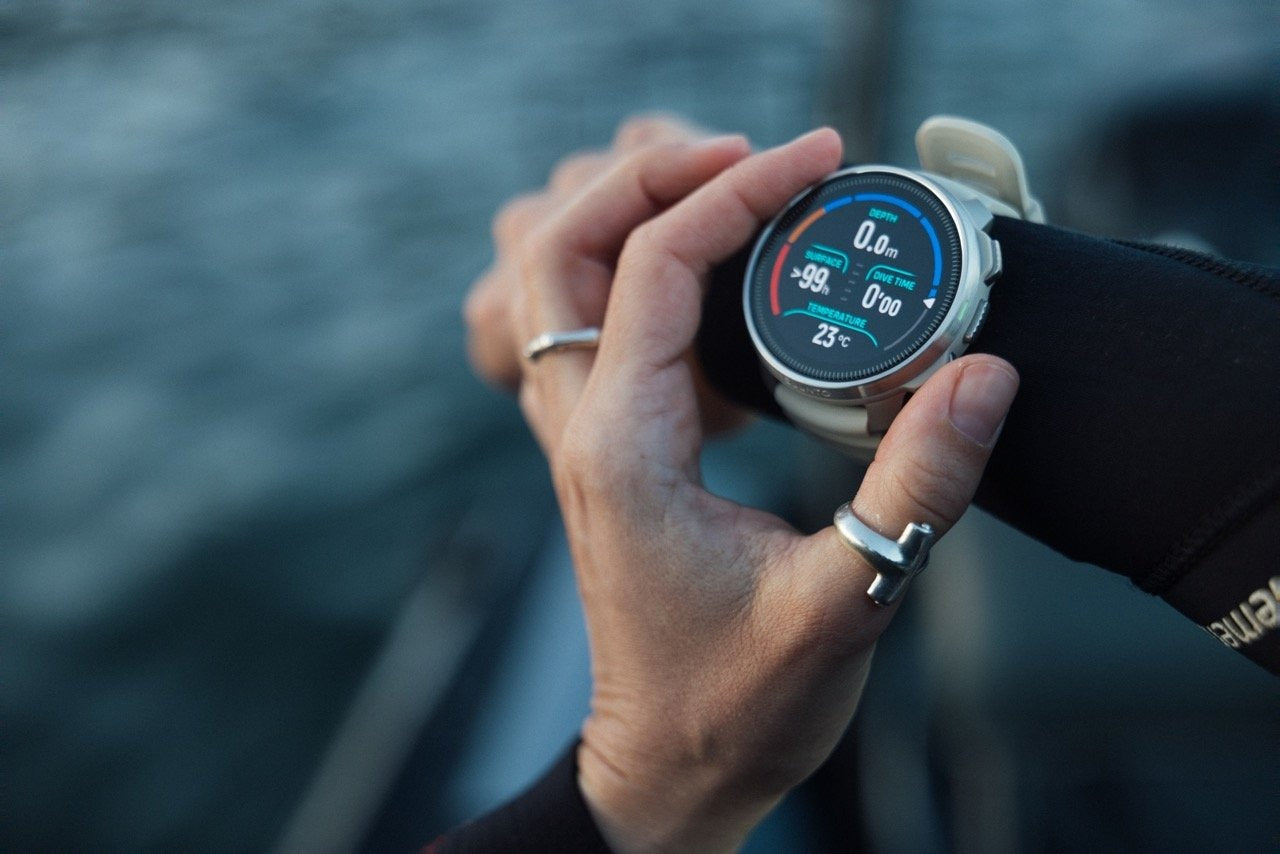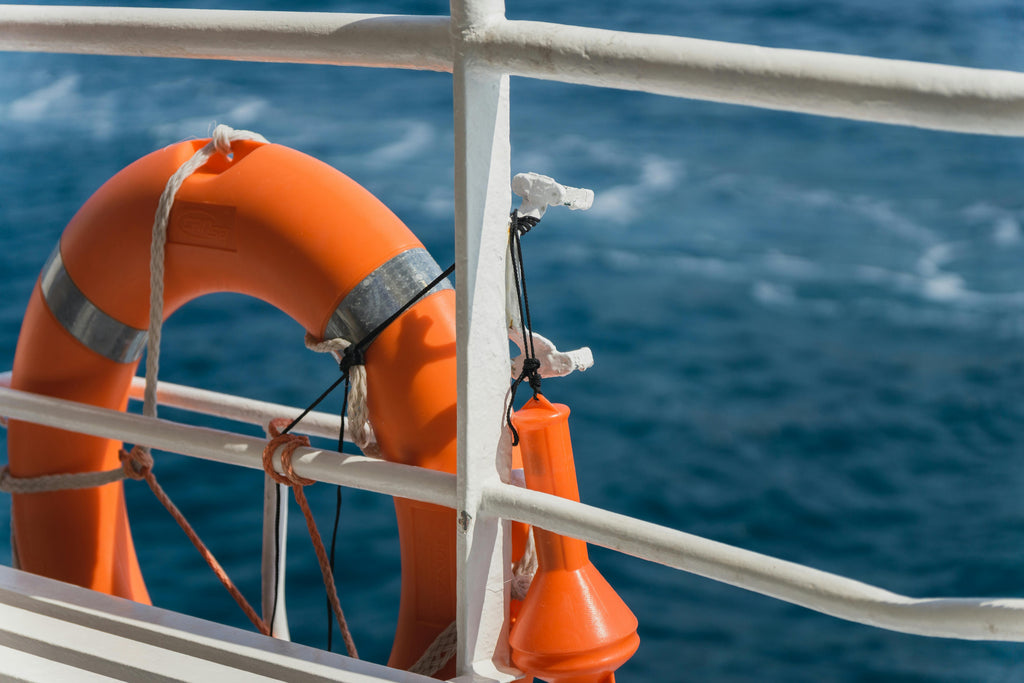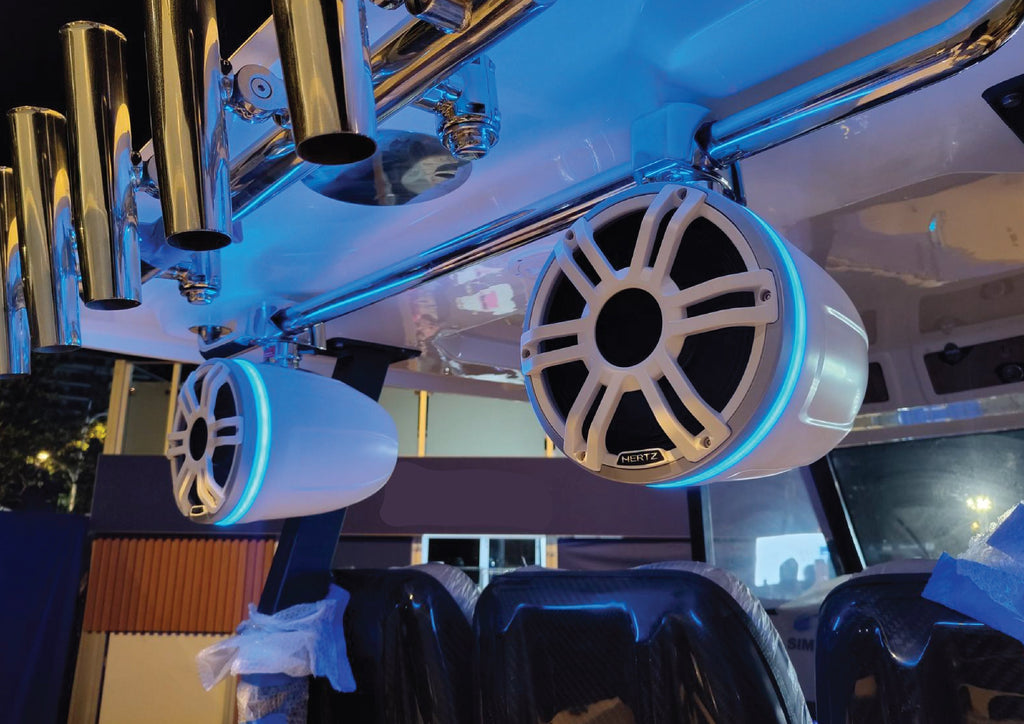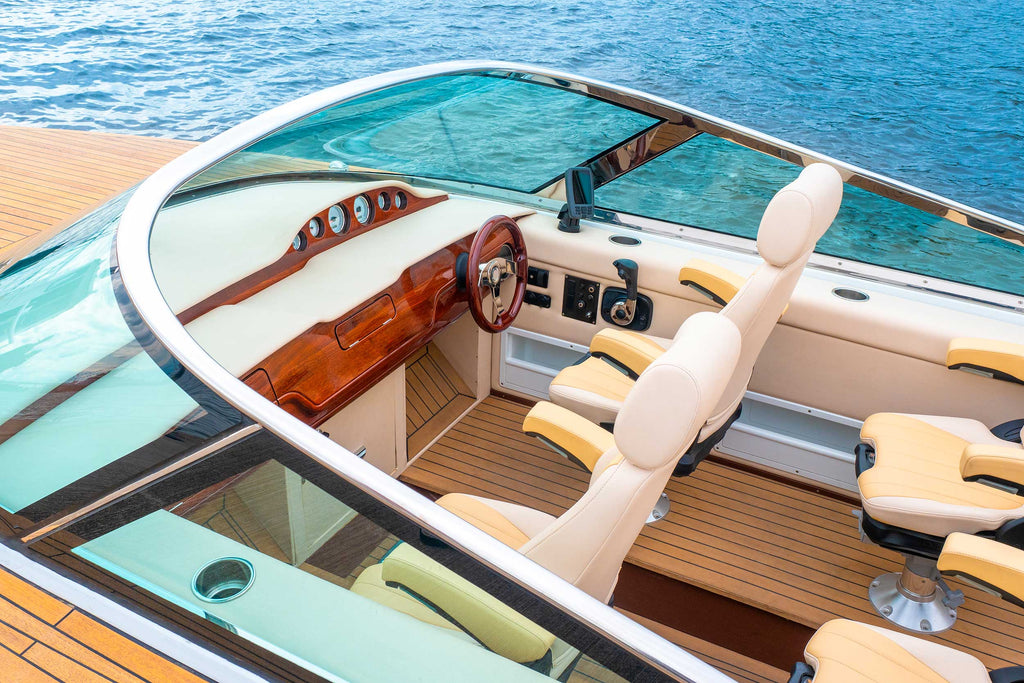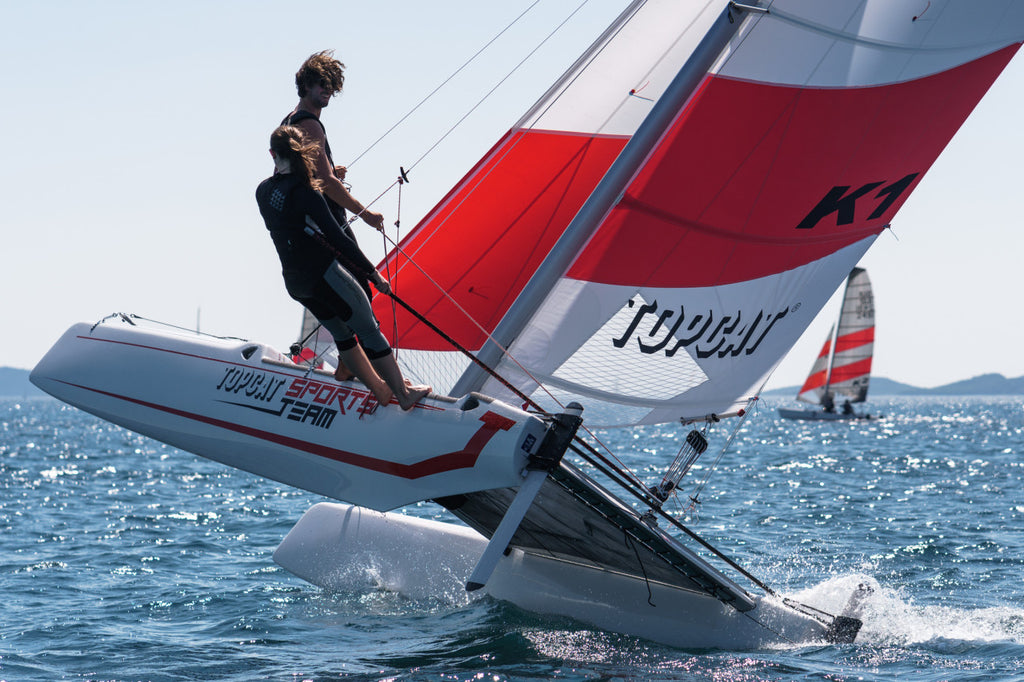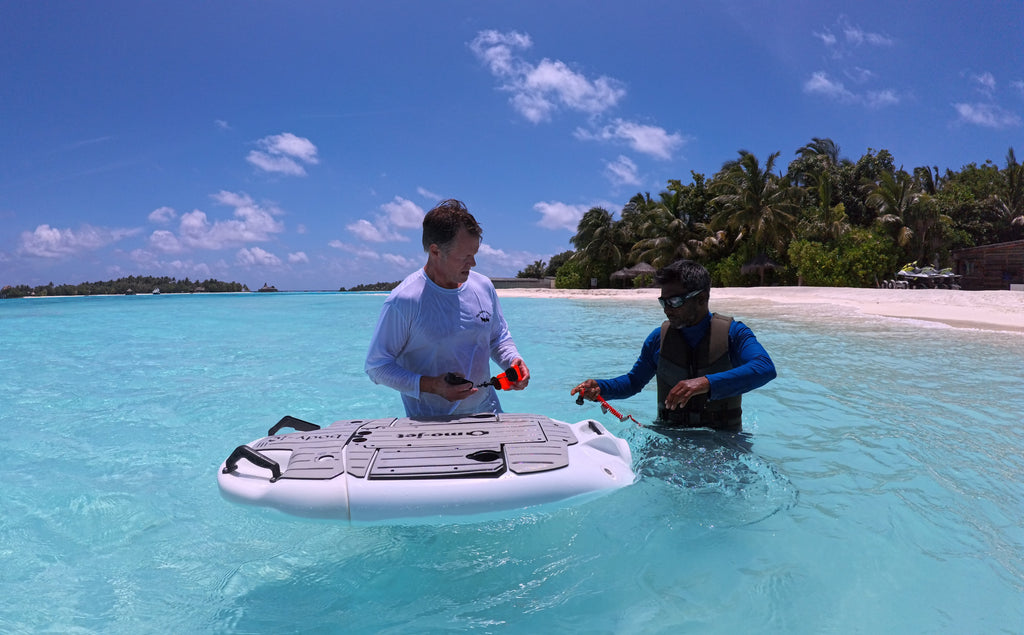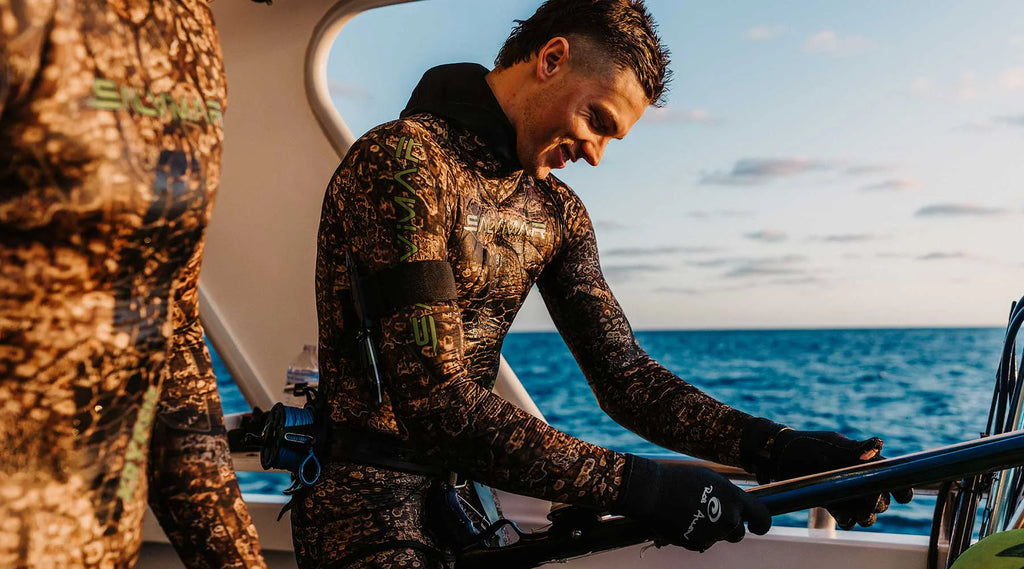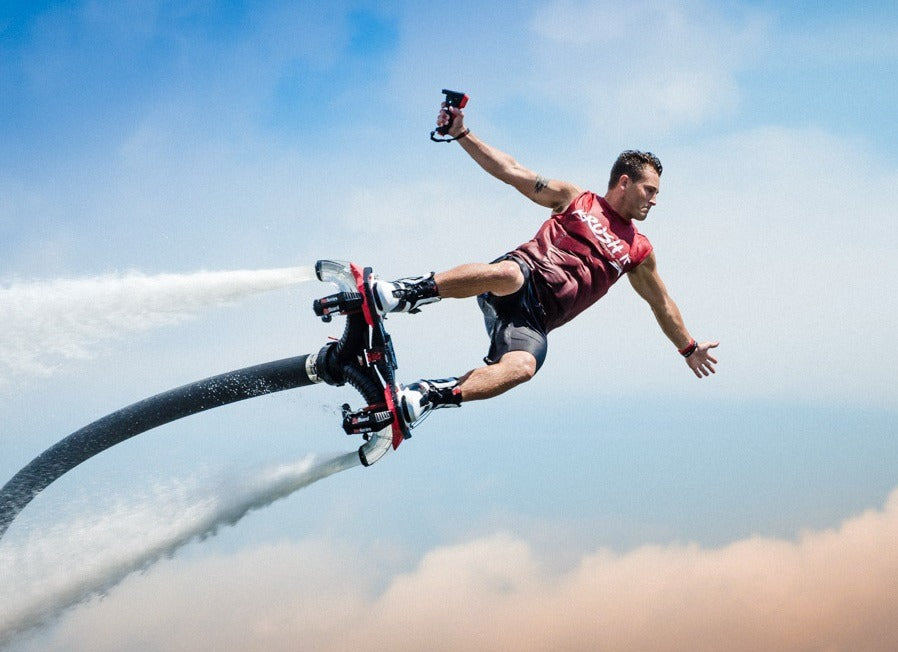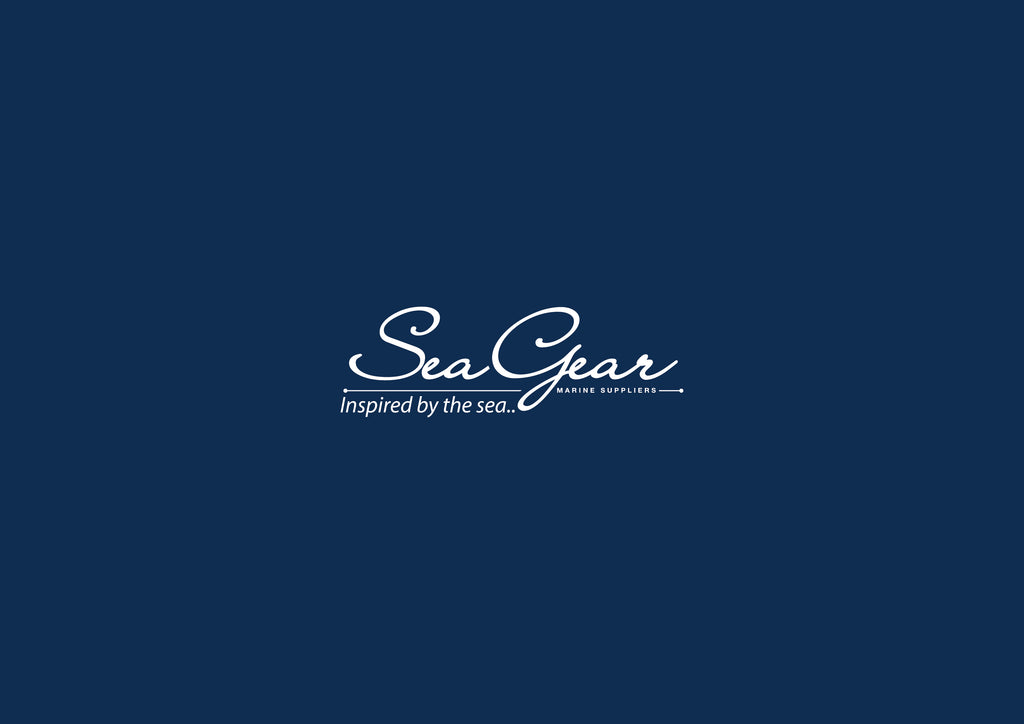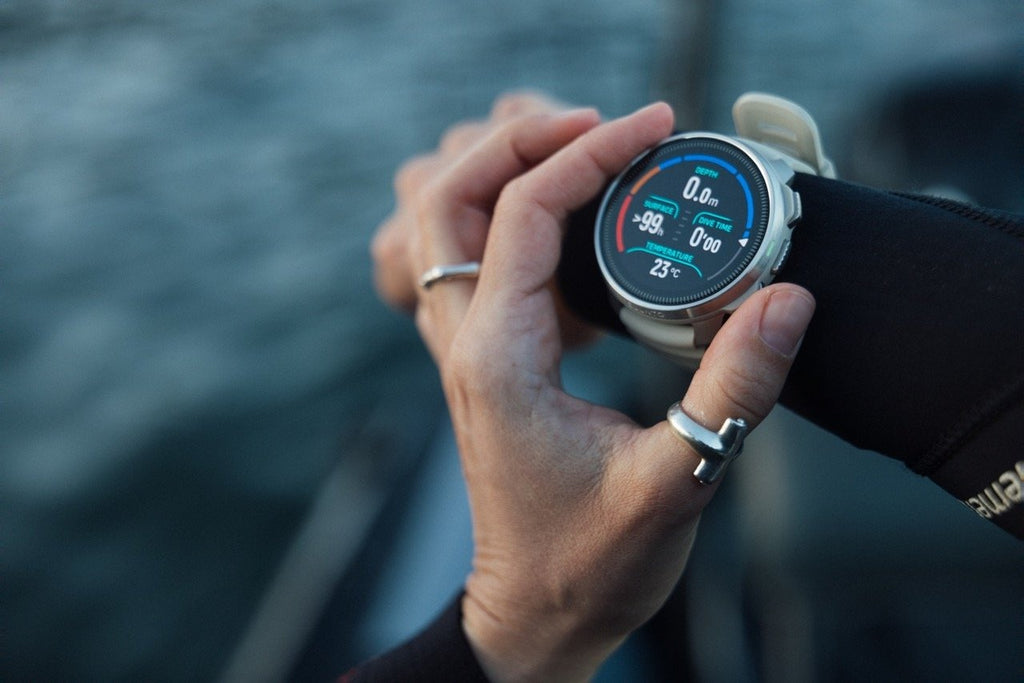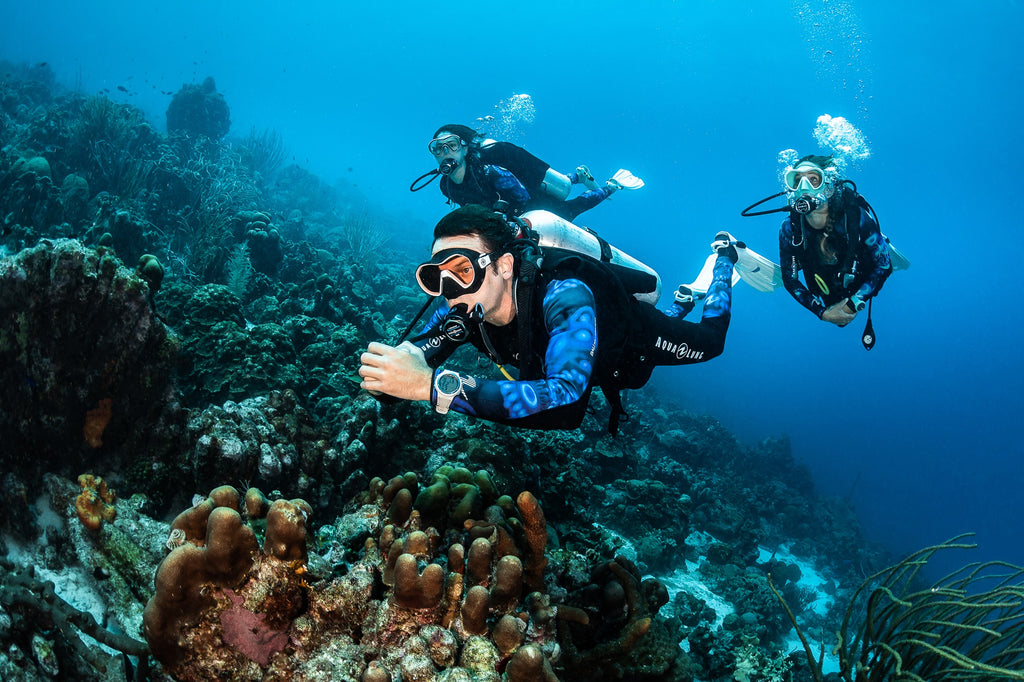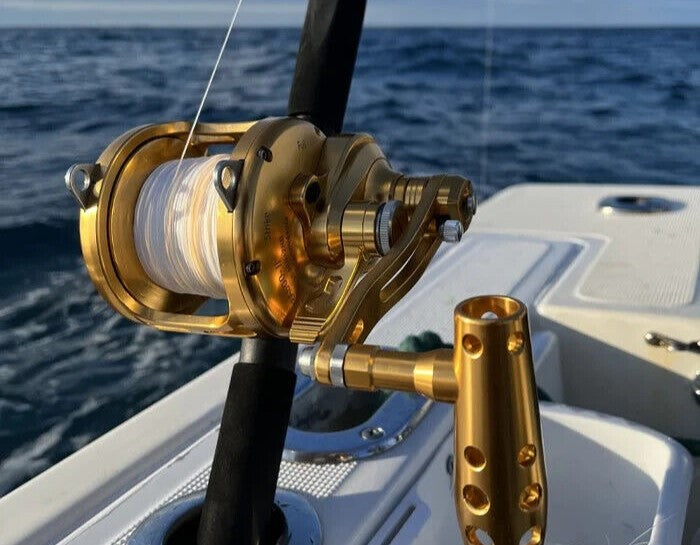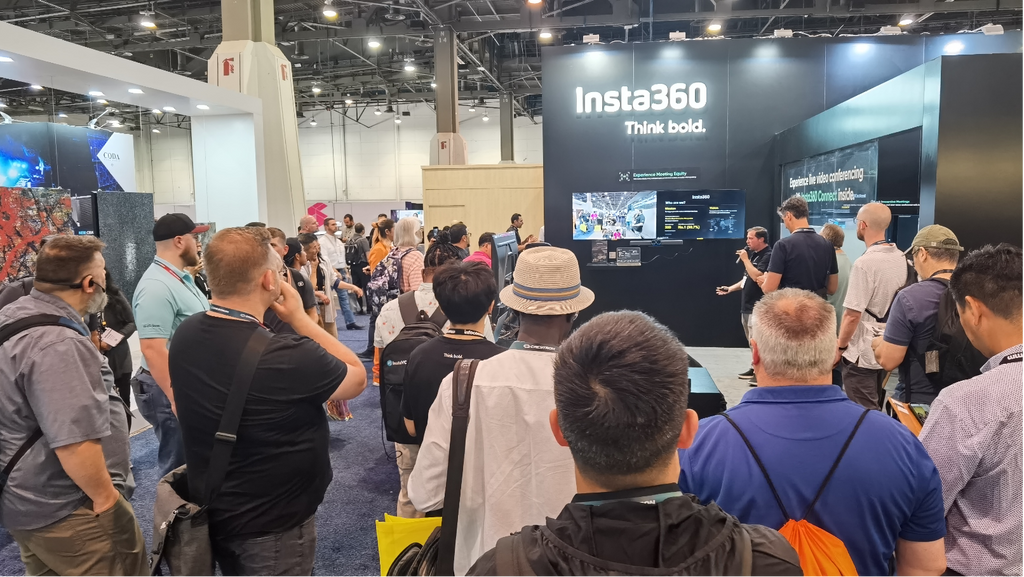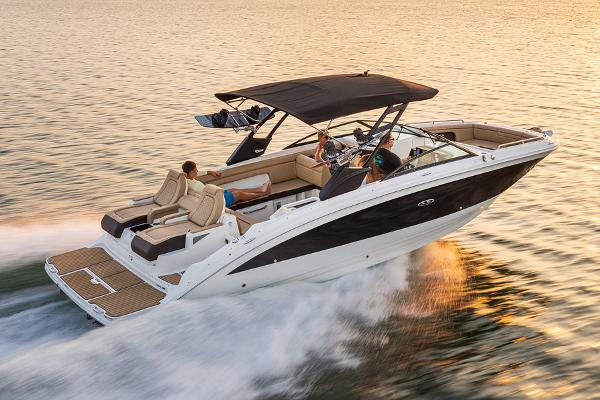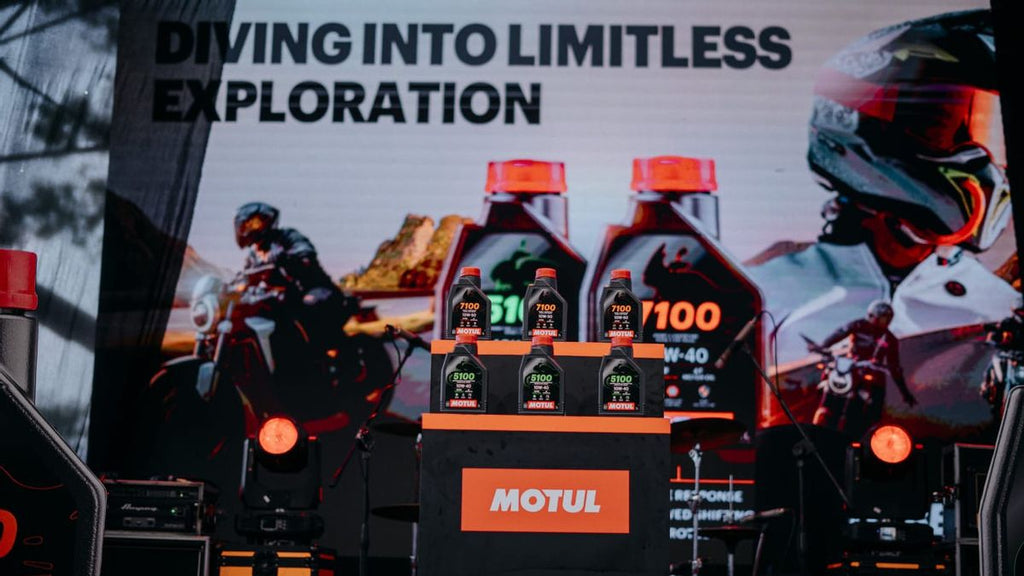We will send you an email to reset your password.
A dive computer is an essential tool for every diver, tracking your depth, time underwater, and ascent rate to help you stay within safe diving limits. With various options on the market, finding the right dive computer that fits your needs and preferences can be a bit overwhelming. In this guide, we'll explore key factors to consider and compare offerings from leading brands like Suunto, Shearwater, Garmin, and Mares.
Understanding Dive Computer Basics
A dive computer calculates your no-decompression limit (NDL) based on your depth, dive time, and nitrogen absorption, helping you avoid decompression sickness. By providing real-time data, it allows you to adjust your dive plan on the fly, making it a vital part of your dive gear.
Key Features to Consider
- Display and Readability:
- Your dive computer’s display should be easy to read, even in low-visibility conditions. Look for models with bright, high-contrast screens.
- Suunto dive computers, such as the D5 and Zoop Novo, are known for their clear displays.
- Shearwater models like the Peregrine offer large, colorful, high-resolution displays that are easy to read at any depth.
- Garmin dive computers, such as the Descent Mk2i, feature vivid color screens with customizable layouts.
- User Interface:
- A user-friendly interface is crucial, especially when navigating menus underwater. Some divers prefer simplicity, while others might want more advanced features.
- Suunto computers are known for their intuitive interfaces, suitable for divers of all levels.
- Shearwater’s computers often feature more customizable options, appealing to tech-savvy divers.
- Mares offers the Quad, which has a straightforward interface with large buttons, ideal for beginners.
- Battery Life:
- Consider whether you want a user-replaceable battery or a rechargeable one, depending on how often you dive.
- Suunto offers both options, with models like the Zoop Novo featuring user-replaceable batteries and the D5 using rechargeable ones.
- Garmin’s Descent Mk2i has a rechargeable battery with long-lasting life, suitable for extended dive trips.
- Shearwater’s dive computers also offer rechargeable batteries with impressive battery life.
- Air Integration:
- Air integration allows you to monitor tank pressure and air consumption directly from your dive computer, streamlining your gear setup.
- Suunto’s EON Core and D5 offer wireless air integration, which is highly appreciated by divers.
- Garmin’s Descent Mk2i also features air integration with the ability to monitor multiple tanks, making it a great option for technical divers.
- Shearwater’s Teric and Perdix AI are popular among tech divers for their reliable air integration and advanced features.
- Algorithm and Safety Features:
- Different brands use different algorithms to calculate decompression limits, which can vary in conservativeness.
- Suunto is known for its conservative RGBM algorithm, offering a cautious approach to dive safety.
- Shearwater uses the Bühlmann ZHL-16C algorithm, which is more liberal and customizable, appealing to technical and experienced divers.
- Mares offers dive computers with its RGBM algorithm, known for being reliable and safe, making it a solid choice for recreational divers.
- Durability and Build Quality:
- Your dive computer needs to withstand the harsh underwater environment. Look for models that are robust and well-built.
- Suunto computers are built to last, with durable designs that can handle the rigors of diving.
- Shearwater dive computers are known for their rugged construction, making them a favorite among professional divers.
- Garmin’s dive computers are also built with durability in mind, featuring stainless steel or titanium cases for added toughness.
Brand Comparisons
- Suunto: A trusted name in the diving community, Suunto offers a range of dive computers that are durable, easy to use, and safety-oriented. Their models cater to both beginners and experienced divers, with features like bright displays, intuitive interfaces, and reliable algorithms.
- Shearwater: Known for catering to technical divers, Shearwater dive computers are packed with advanced features and offer extensive customization options. Their computers are ideal for divers who want more control over their dive profiles and are comfortable with a less conservative algorithm.
- Garmin: Bringing expertise from the fitness and navigation industries, Garmin dive computers like the Descent Mk2i offer advanced features, including GPS, air integration, and fitness tracking. They are a great choice for divers who want a multi-functional device that can be used above and below water.
- Mares: A well-established brand in the diving world, Mares offers dive computers that are reliable and user-friendly. Their models, like the Quad and Smart, are perfect for recreational divers looking for straightforward, easy-to-use dive computers with solid performance.
Conclusion
Choosing the right dive computer is a personal decision that depends on your diving habits, experience level, and preferences. Suunto stands out for its robust design, ease of use, and safety-focused approach, making it a solid choice for a wide range of divers. However, Shearwater, Garmin, and Mares also offer excellent options that might be more suited to specific needs, such as technical diving, multi-sport functionality, or straightforward usability.
No matter which brand you choose, investing in a high-quality dive computer is essential for safe and enjoyable diving. Take the time to research and compare models, ensuring that the dive computer you select will enhance your underwater adventures and keep you safe in the depths.

